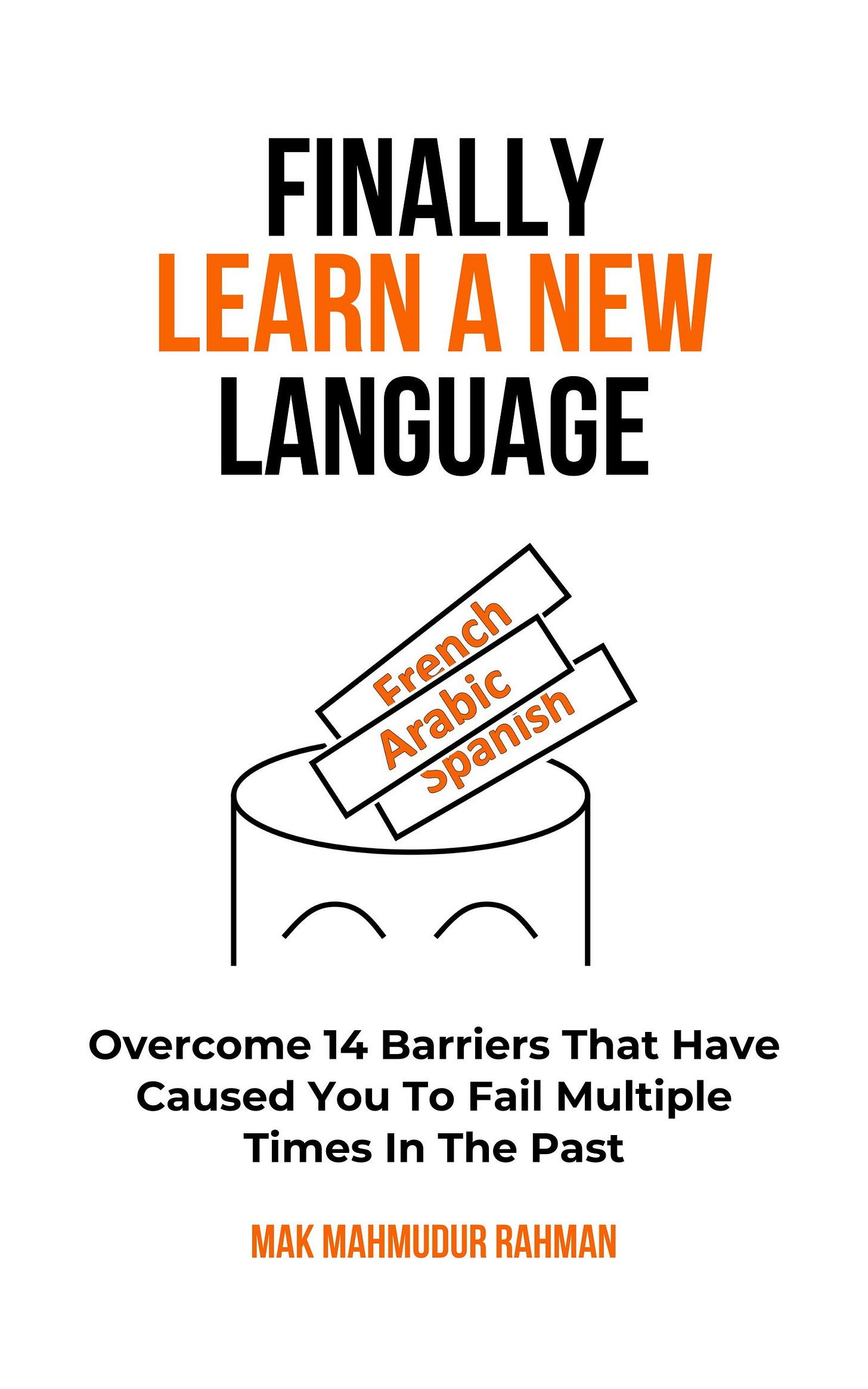How I Became Semi-fluent in Arabic and Spanish in 6 Months and 6 Weeks Respectively
From Someone Who Failed to Learn a Language on His First 8 Attempts
My reward was sitting on a battered old garden chair by the side of a small rumble road, with a local farmer serving me 6 different types of freshly picked delicious pomegranates. Who even knew there was more than one type.
Earlier that day, me and two other men left the city of Jerash, Jordan, in search of Wadi Ar-Rumaan (Pomegranate Valley). There was nothing online about its specific location. So we drove north from the city and had to stop every few miles to ask for directions.
This responsibility fell onto me as I was the only person in the car that could speak Arabic and none of the locals could speak English. After 45 minutes of stops and starts, we arrived at the pomegranate valley and tasted the best pomegranates any of us had ever eaten.
We wouldn't have been able to find this amazing hidden treasure if I hadn’t learnt Arabic.
On the way back, the two men told me that they were impressed with my Arabic as it is known to be one of the hardest languages to learn. They were surprised when I told them I had become semi-fluent* studying part-time at home (London) in just 6 months. Whenever someone hears this, they automatically say “You must be natural with languages”. But I had attempted to learn a new language 8 times and failed miserably before I tried and learnt Arabic.
(* semi-fluent is often known as level B1 fluency. At this level, you can communicate with people across a broad range of topics but you require the other person to simplify their sentences and you may need a moment to think before speaking. It’s the equivalent speaking ability of a 4 or 5-year-old.)
The reason I was able to learn Arabic so quickly is that I created a good system that goes against how most languages are typically taught.
I have also used this system in May of this year to become semi-fluent in Spanish in 6 weeks.
Below describes how I learnt Arabic and Spanish and some of the common mistakes you should avoid making if you are looking to learn a new language.
Step 1 - Phonics
Logically you should learn to pronounce every phonical sound and word perfectly. But you are better off getting to an acceptable level because it will avoid you getting bogged down and you are likely to quit if your ability to communicate hasn’t improved much after a few weeks.
You can always come back to your phonics/pronunciation later.
For Arabic, it took me 2 weeks to get to an acceptable level and I needed to take a few lessons with a teacher - it has letters that are very different from English. But with Spanish, I only spent about an hour on YouTube as it uses the Roman alphabet and there aren’t any phonics that are totally new (only a few that are slightly different).
Step 2 – Words
In English, 50% of all the words used in conversations are made up of only 100 words (such as “the”, “food” and “house”). Other languages are no different so your priority should be to learn these first. I’d recommend learning 350-450 words so you can start to create a diverse range of sentences.
A quick Google search will give you a list of the most frequently used words in any language.
Aim to learn around 350-450 words. You can learn 10 words a day for 6 weeks or do what I prefer and cram 100 words in 4-5 days. The second option is excruciatingly painful and requires 3-4 hours per day but only has to be done for 4-6 days.
Learning so many words in a short time may seem ridiculously hard but with flashcard systems such as Anki, it’s relatively easy to set up and complete. There are many YouTube videos that can show you how to set up an Anki deck so I’m not going to go into detail about how to do this.
Just ensure you include the audio of each word in the flashcards.
I get the audio recordings by booking a lesson with a teacher on a website called iTalki and having them record each word. 400 words can be recorded in a 30-minute session so should cost around $5. You will then need to trim audio using one of the many online audio trimmers.
Step 3 – Audio Input & Talking.
Both of these need to be done simultaneously.
Audio Input
You will need a lot of audio input, including videos, to train your ears to learn any language. But you will be surprised how much you can understand with the 350-450 words you have learnt.
Try to watch films and/or TV series (on streaming services) that you have already watched in English and have an option to be dubbed in your target language. As you have already watched it, you can work out what some of the words are. Also watching something you already enjoy will help keep you engaged.
Netflix and Disney+ are brilliant services to do this. They have many options for common languages such as Spanish and French.
Talking
Start talking as soon as you can. I usually do this with a teacher, again using the iTalki website.
Don’t worry if you sound like a caveman at first. Sentences such as “I before eat-ed breakfast” are fine when you start. Just focus on being understandable. As time goes on, your speaking will improve.
There were a few common mistakes you should avoid:
Mistake 1 – Studying Grammar.
Logically you should learn grammar because you need it in each sentence. But you are better off avoiding it and absorbing it like a child. They learn all the rules they need just by the sheer volume of audio input they get.
They aren’t taught the rules - when was the last time you saw an adult tell a 4-year-old “No. You have to use the perfect present tense in this context”. (I still don’t know what present perfect means).
So absorb your grammar from your audio input like a child.
Mistake 2 – Reading Too Much.
If your aim is to read literature in your target language, read as much as you can. For everyone else, focus on talking and listening.
People like to read because it’s easier than the other skills. And no one can see/hear their mistakes.
But reading won’t benefit you much when you first start learning a language if your aim is to talk with people.
Reading only becomes useful when you are already semi-fluent and are on your way to becoming fully fluent (when you can understand 95-98% of the words on a page).
Mistake 3 – Studying Irrelevant Material.
Most teachers and resources will teach you things in a certain order but most of it will be useless for you. For example, you will typically be taught a list of jobs in the first few lessons. But unless you are a mechanic, engineer or lawyer, you’re not going to use these words initially. Focus on the information you will need in the next week or two.
You can learn the other words and topics when you need them.
Mistake 4 – Studying Boring Material.
Materials in textbooks and standard classes are boring. You’re better off studying material that is interesting but just beyond your capabilities than something suitable for you and boring – you will remain more engaged so will learn quicker.
So in your first lesson, tell your teacher what topics interest you.
Anyone can learn a new language is they have the right system.
For more advice on how to create the right system so you can finally learn your first new language, check out my book Finally, Learn A New Language: Overcome 14 Barriers That Have Caused You To Fail Multiple Times In The Past.
https://amzn.to/3ZiCodm






Hi, I just found this on Twitter, and I’m writing about learning arabic as an adult too. The chances are not high that I would stumble across another person writing about this same topic of interest to me.. and seems like you did Write of Passage too? Did you not use any formal program?